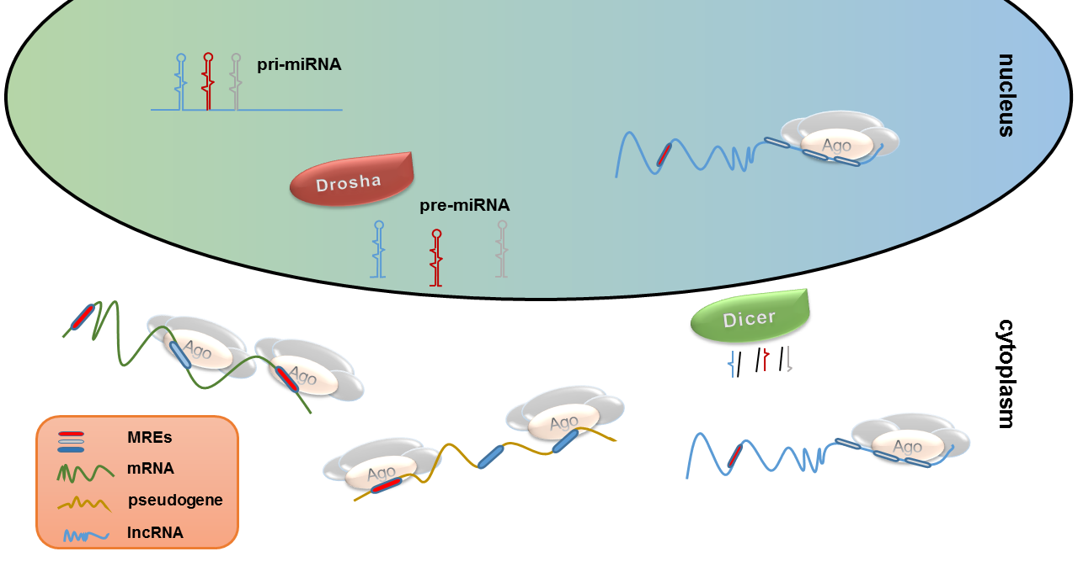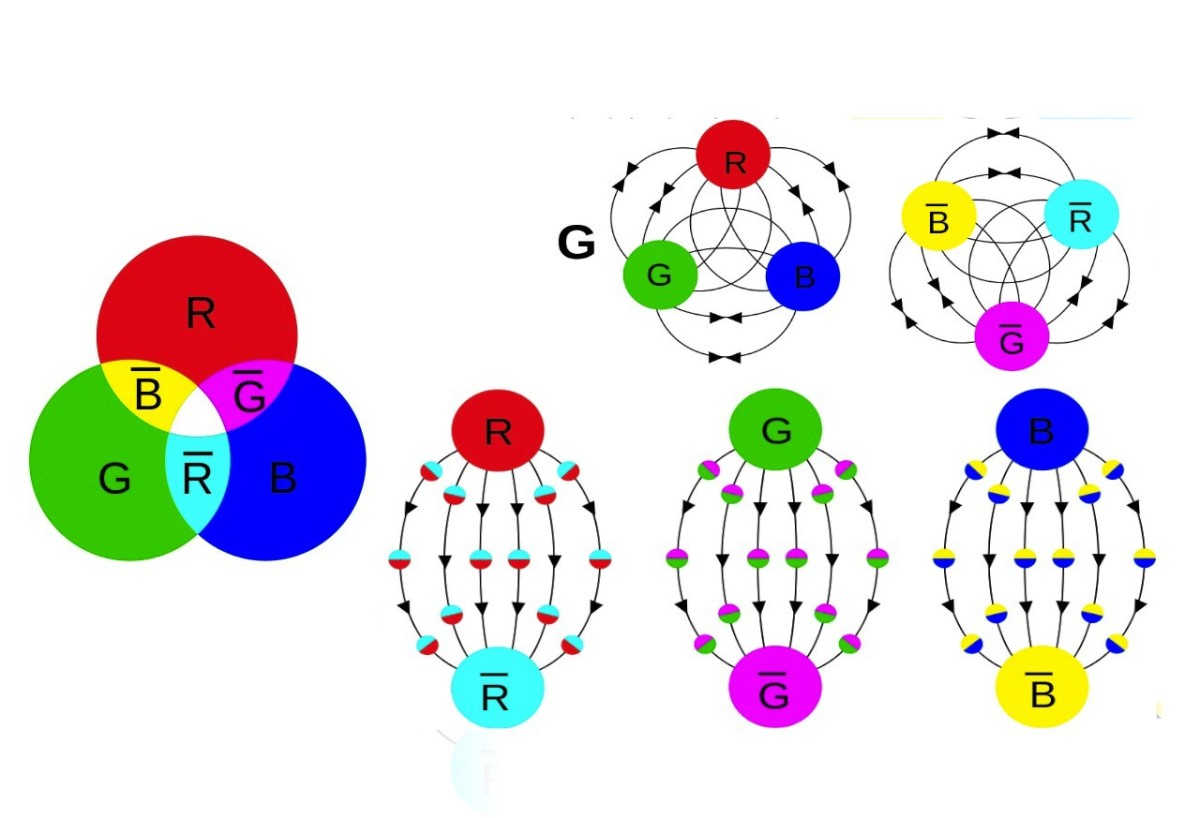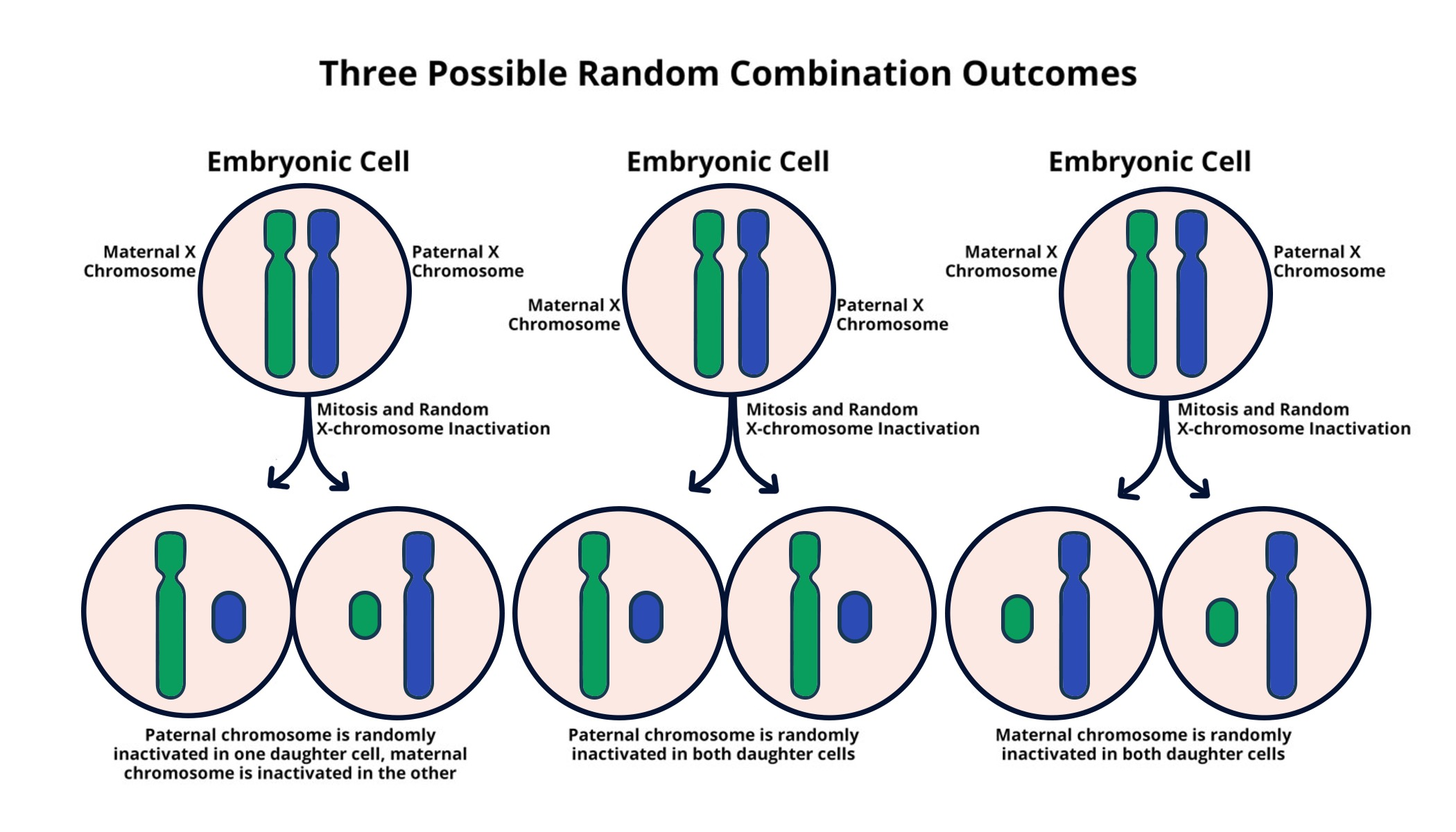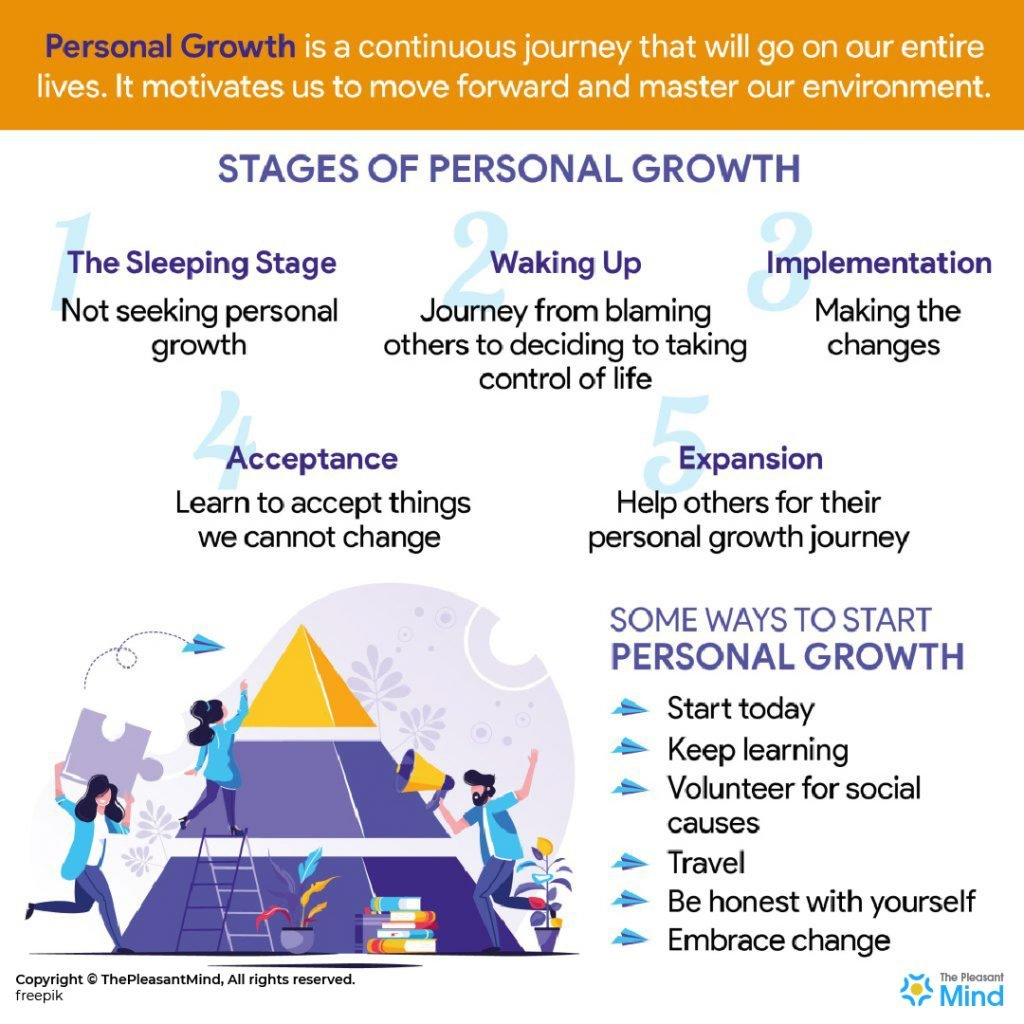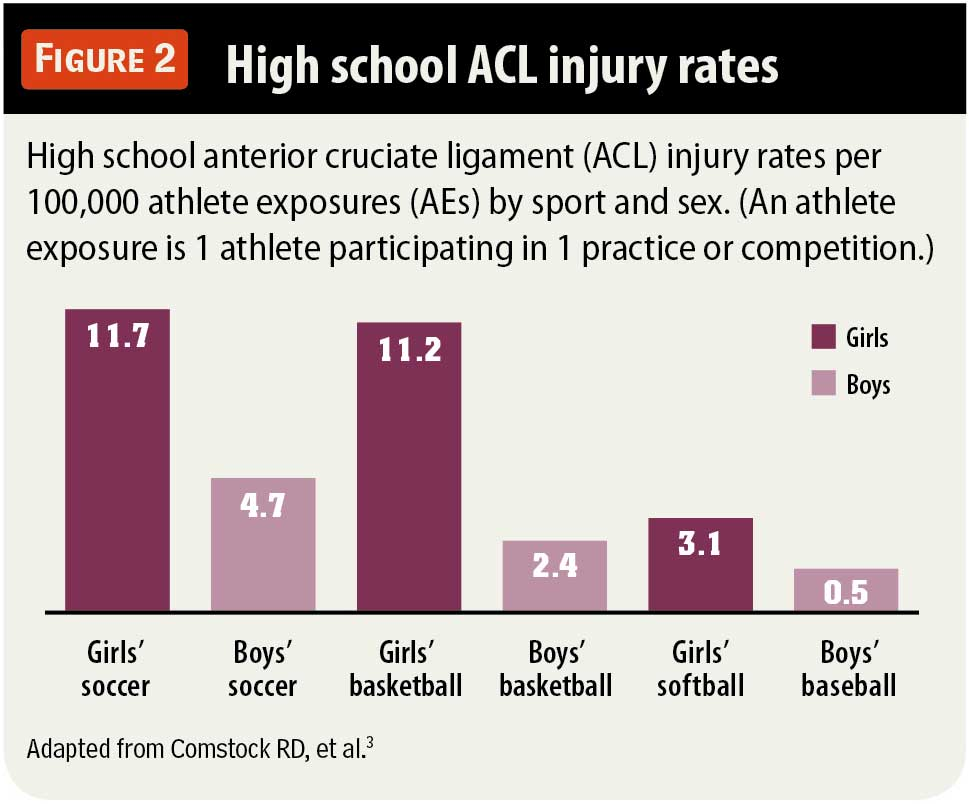Harvard Research Funding Crisis: Impacts on Innovation Projects
The Harvard research funding crisis casts a shadow over one of the nation’s leading academic institutions, with alarming implications for innovation in American science.Following the Trump administration’s funding freeze, approximately $2.2 billion in research funding was abruptly halted, leaving projects like those at the Wyss Institute facing uncertain futures.

